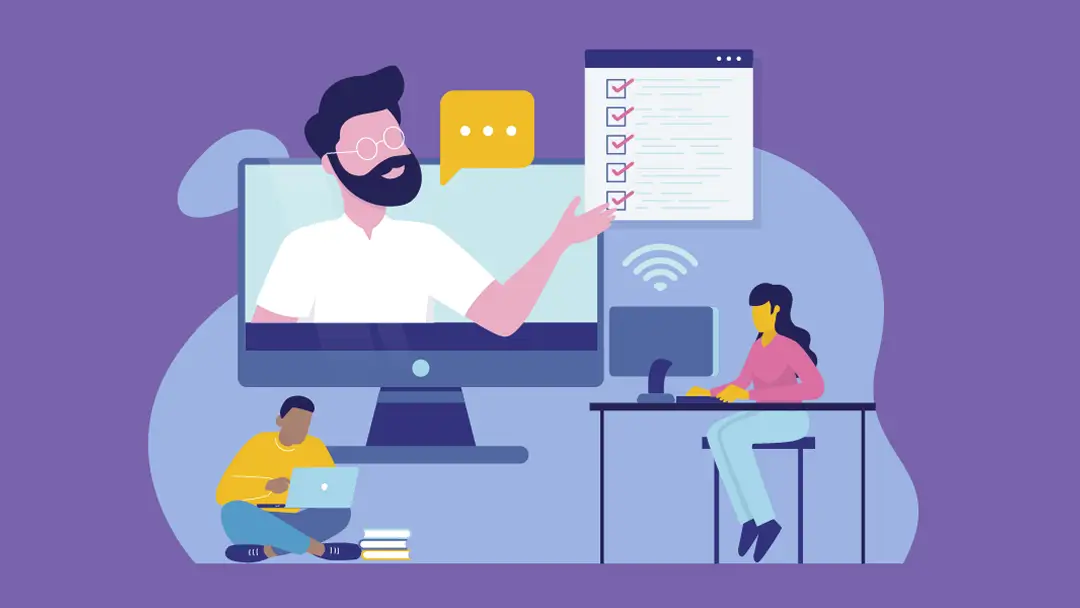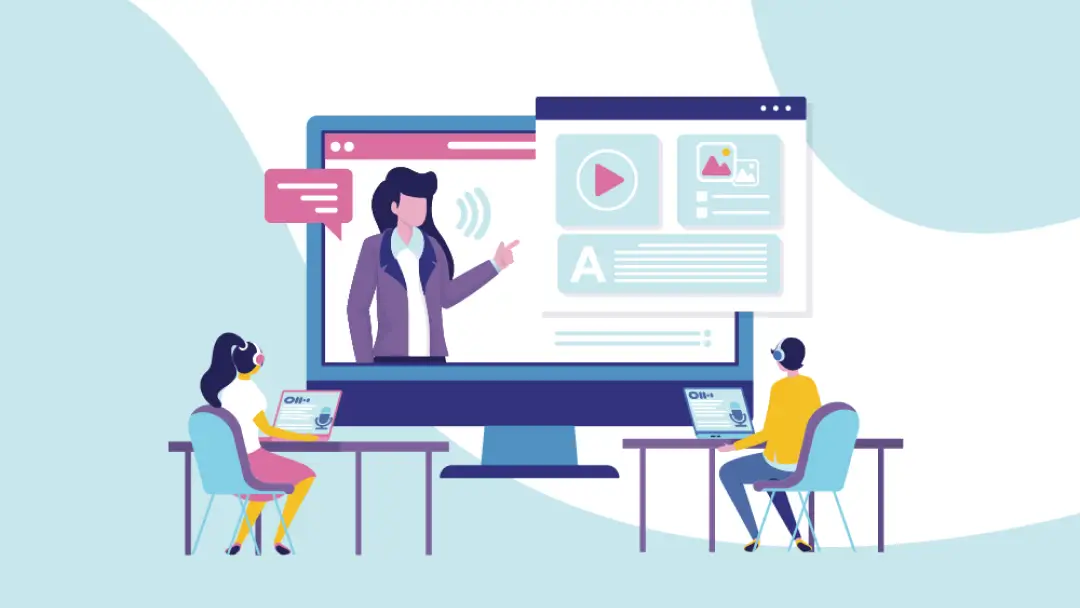Zoom Fatigue: Understanding the Symptoms and How to Minimize It
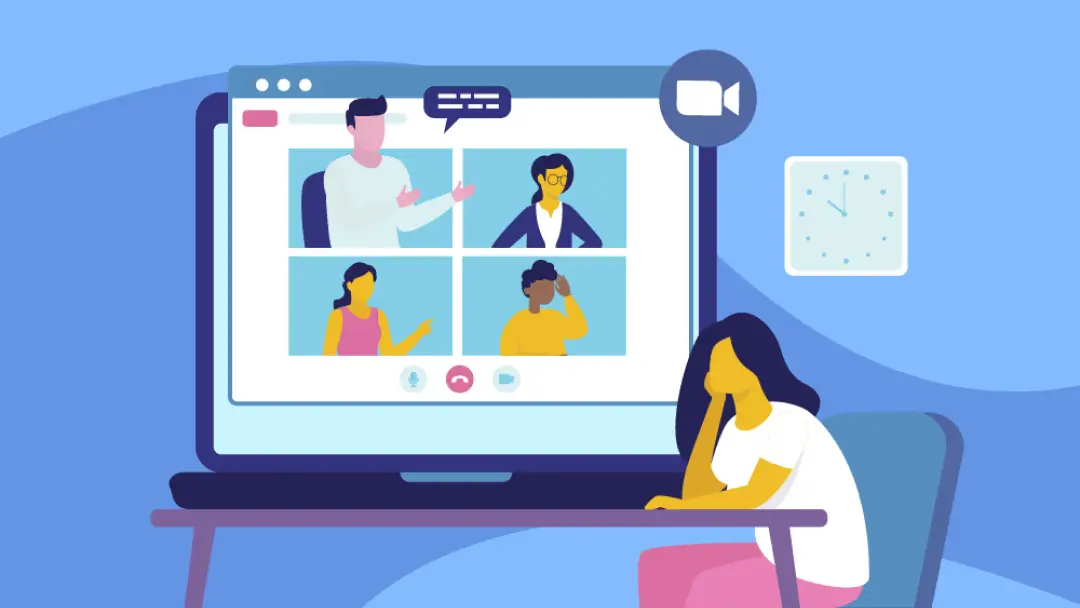
Now that more companies are shifting to a remote workforce, Zoom has become one of the most popular ways to communicate for business. Zoom gives you the ability to chat seamlessly with up to 100 people at a time, share your screen with others, and even create, review, and share live transcriptions of your meetings. However, the increased number of Zoom and video chat meetings has led to a strange and worrisome phenomenon known as Zoom Fatigue.
It’s important to note that Zoom Fatigue — also known as video call fatigue or Zoom exhaustion — is not specific to the Zoom platform. Other popular video chat products like Google Meets and Skype for Business can cause the same issue. This begs several important questions. First of all, what is Zoom Fatigue? Is it a real condition? If so, what are the symptoms? Finally, what can you do to combat Zoom fatigue?
We will answer all of these questions and more, but first, let’s look at what Zoom Fatigue is and evaluate any research into the condition:
What is Zoom Fatigue?
Though the term has yet to enter any psychology textbooks, Zoom Fatigue can be described as a general feeling of exhaustion and mental fatigue caused by web-based video meetings. This isn’t to say that you will feel completely drained if you participate in one Zoom meeting. However, if your work requires you to conduct or participate in multiple video chat meetings per day, it will eventually take its toll on your mental stamina.
Naturally, skeptics wonder if Zoom Fatigue is real or merely an excuse for some to get out of the next virtual work meeting. However, Psychology Today has identified the phenomenon as a real condition that has become more common during the COVID-19 era. Additionally, psychologists like Marissa Shuffler of Clemson University and Janine Hubbard of St. John’s University have done some preliminary research into the condition and its causes.
What Causes Zoom Fatigue?
According to Professor Shuffler, people feel like they have the obligation to perform in a virtual meeting. Whether you have a one-on-one meeting or a Zoom call with dozens of meeting participants, you can see everyone involved and they can all see you, too. This makes it feel as though you’re making eye contact with multiple people at once.
Moreover, you can even see yourself, which adds an extra level of self-awareness that makes you feel obligated to “perform” more than you would in traditional, in-person meetings. “Performing” is much harder via video call, since you cannot rely as much on gestures, body language, and other non-verbal cues. This means that you will probably have to spend a lot of energy than you would in a traditional workplace.
Similarly, Professor Hubbard claims that a “Hollywood Squares” style meeting — in which everyone appears in front of you as a series of distinct video blocks — can exacerbate social anxiety. In a traditional meeting, everyone only looks at you if and when you speak. Alternatively, in a virtual meeting, the format gives you the impression that everyone is looking directly at you for the entirety of the meeting.
However, these may not be the only causes of Zoom Fatigue. Some experts suggest that audio plays a key role in inducing exhaustion. Micro-delays in verbal responses to questions or statements can negatively impact interpersonal connections and social interactions. Thus, even if your internet is working perfectly, the slightest delay in response time could have a negative effect on your brain. Still, others have suggested the phenomenon is more closely connected with the general stress of Coronavirus and economic uncertainty, rather than any video calling platform.
Whatever the precise cause, all of the combined elements above can make virtual meetings more stressful and mentally taxing. If you have to conduct or participate in long Zoom meetings or multiple meetings per day, there’s a greater chance that you succumb to Zoom Fatigue.
Zoom Fatigue Symptoms

Zoom Fatigue is very similar to other forms of mental fatigue. For example, if you work long hours and rarely have any time off, you’ll likely experience a kind of condition that resembles Zoom Fatigue. In any case, let’s take a look at the most common symptoms of Zoom Fatigue:
- Feelings of “burnout” (i.e. feeling overworked and exhausted)
- Depression
- Anxiety
- Pessimism
- Anger
- Social detachment
- Lack of motivation
- Difficulty concentrating
- Sensitivity to light or sound
- Headaches or migraines
- Low productivity
The symptoms of video call fatigue can vary from person to person. Some people may only experience one or two of these symptoms, while others may experience most or all of them. Existing mental health issues or other sources of stress can exacerbate many of these symptoms.
How to Combat Zoom Exhaustion

Fortunately, it’s not all bad news. Even if you participate in Zoom meetings every day, there are ways to avoid feeling exhausted from your video calls. So, here are a few actionable steps you can take to avoid Zoom Fatigue and boost your mood and productivity:
- Schedule Breaks Whenever Possible - Scheduling back-to-back Zoom calls is a quick way to succumb to Zoom fatigue. So, whenever possible, try to schedule at least 30 minutes between each meeting. This gives you time to relax, use the restroom, make a cup of tea or coffee, and mentally prepare yourself for the next meeting.
- Know Your Hours of Productivity - Everybody has a different internal clock when it comes to productivity. Some people feel the most productive and energetic in the morning, while others get the most done in the middle of the afternoon hours. To avoid feeling “Zoom exhaustion,” try to schedule all or most of your Zoom meetings during the period(s) of the day when you feel the most productive.
- Avoid Early Morning/Late Evening Meetings - If you work remotely, you’ll probably have to schedule meetings that work for people in multiple time zones. Unfortunately, this may force you to schedule meetings at really inconvenient times, like the very early morning or late evening. Whenever possible, try to find time for your video call meetings that is more in line with traditional working hours (9 AM - 5 PM).
- Create Zoom Meeting Itineraries - When you schedule or conduct a meeting, you should always have some kind of plan, agenda, or itinerary. An itinerary will provide an itemized list of issues or topics that should be addressed during the meeting. Taking the items point-by-point will ensure that your meeting doesn’t run overly long with unrelated or tertiary topics.
- Use Otter Live Notes - Otter.ai provides a live, real-time transcription of your Zoom meetings. This frees you up so that you can get more out of every meeting. You don’t have to worry about taking diligent notes or missing something that was said. Additionally, you can share the final transcription with colleagues who were unable to attend the Zoom meeting.
Conclusion
Unfortunately, Zoom Fatigue is real. However, that doesn’t mean it is inevitable, even if you participate in video call meetings on a regular basis. By following the steps above, you’ll reduce the risk of experiencing Zoom Fatigue and boost your productivity at the same time.
Do you want to learn more about the benefits of Otter.ai for working from home? Contact Otter.ai today for more information!




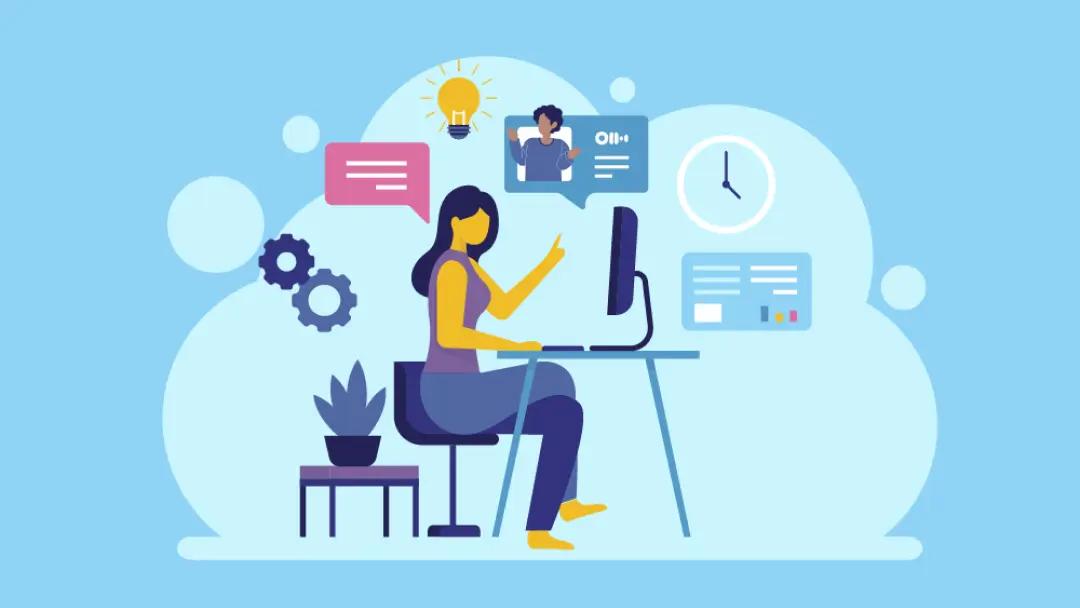
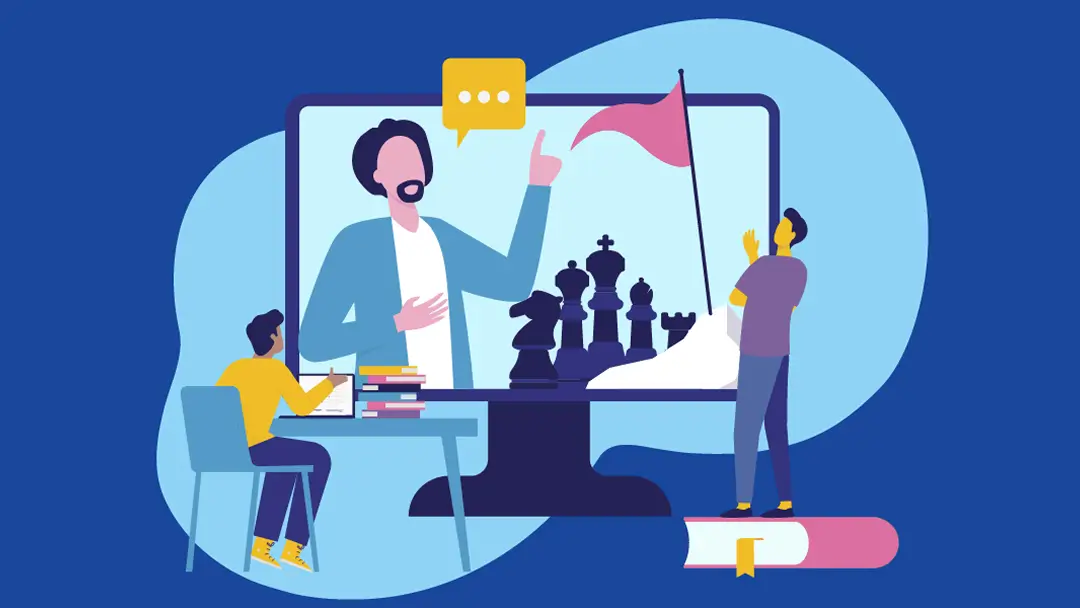
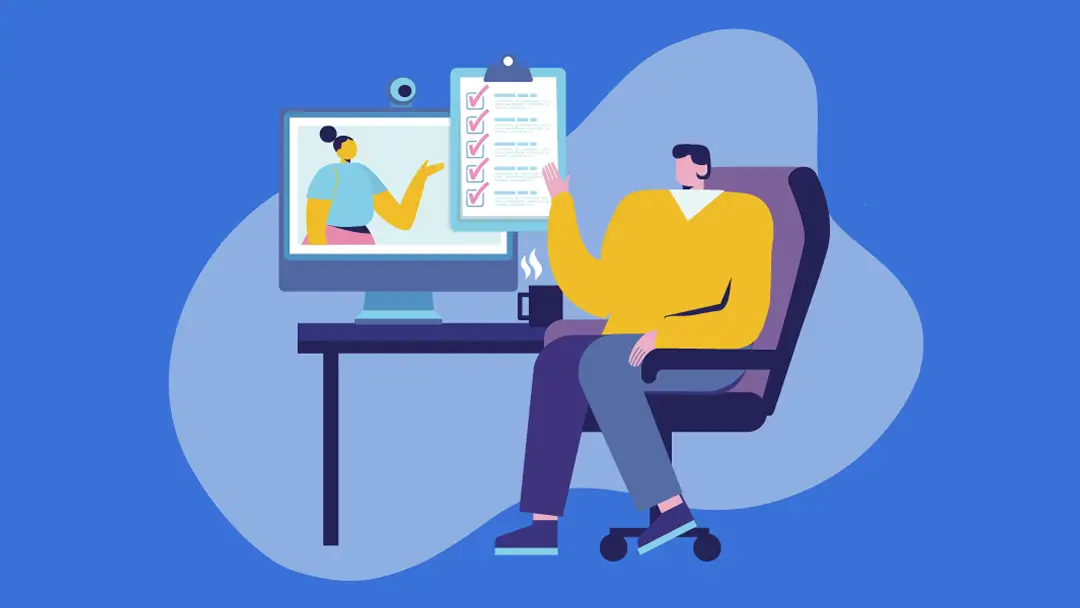

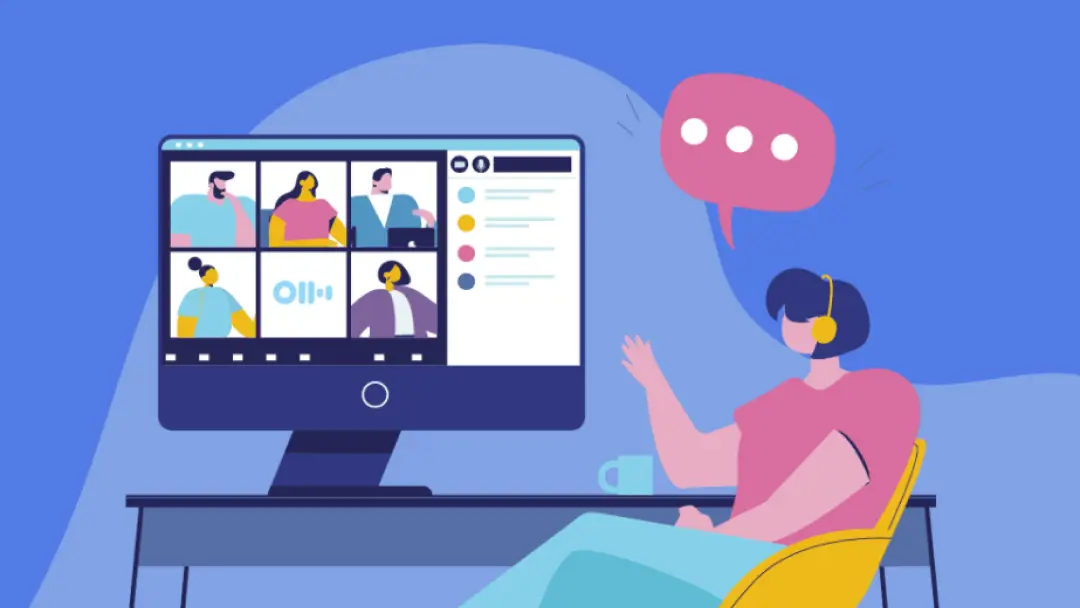
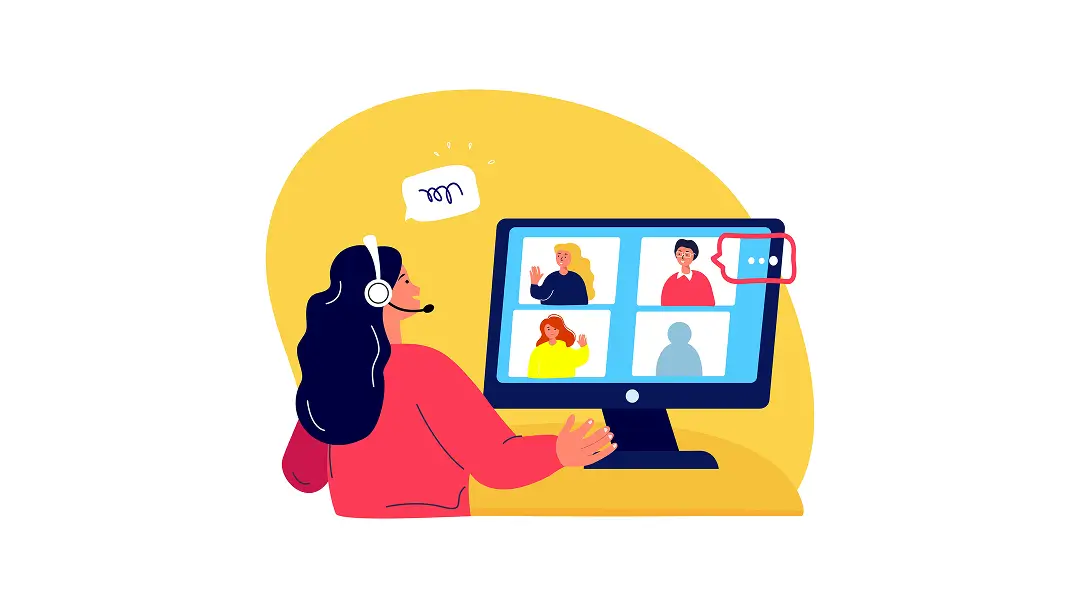


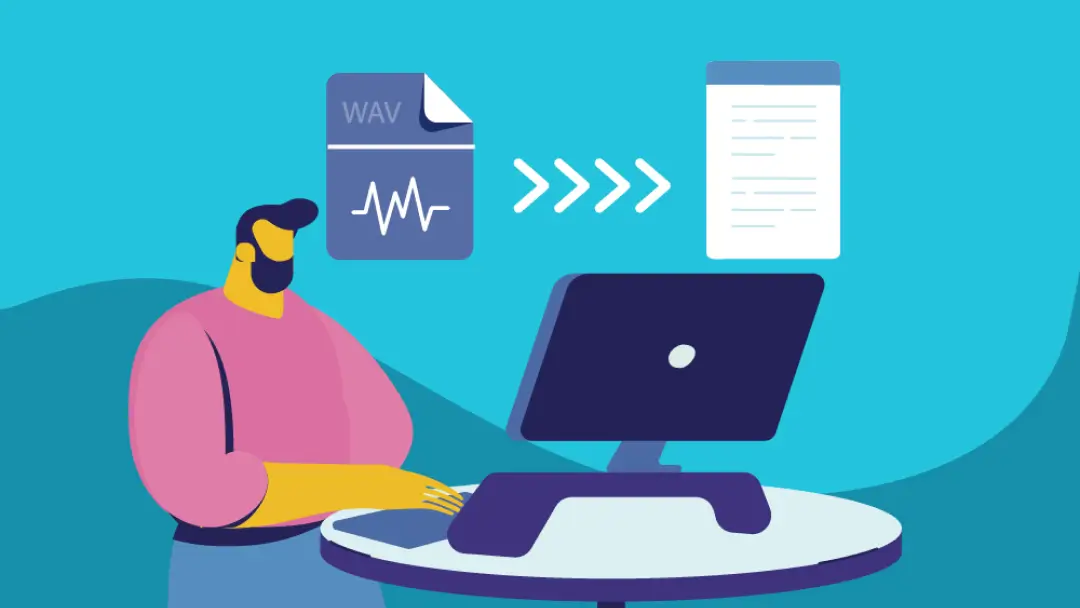

.png)
